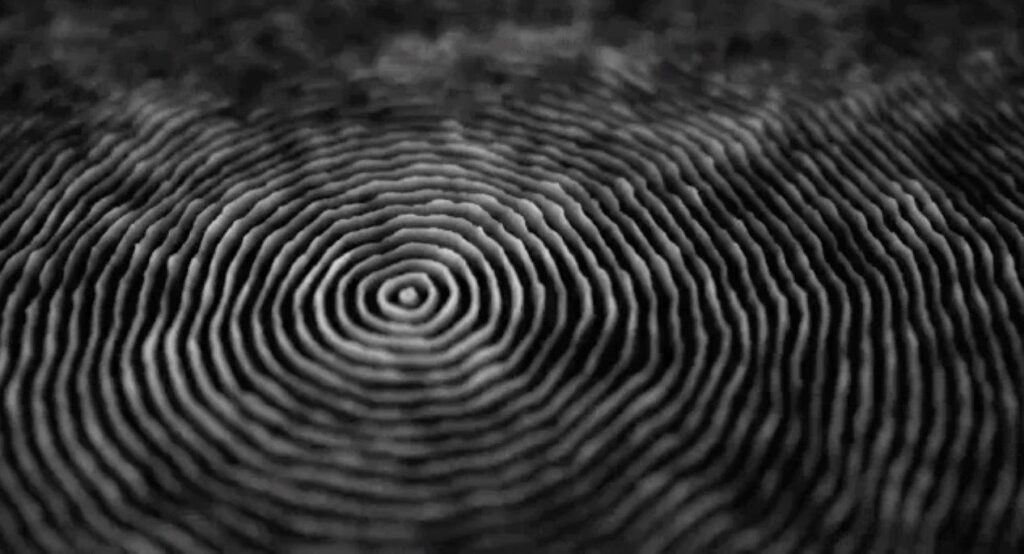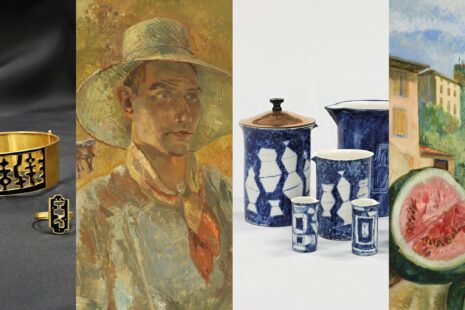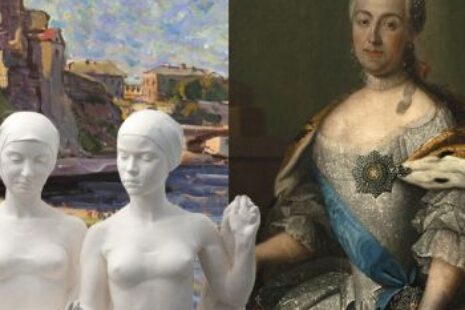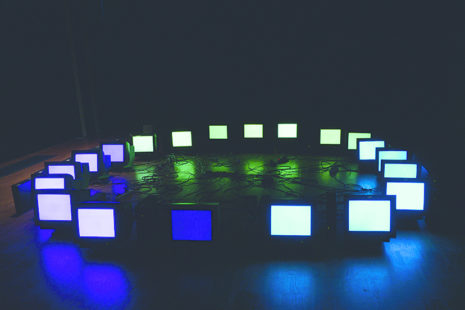The 6 x 6 / 36 project, part of the Wish You Were Here! series, materializes the work undertaken by the Nunc Collective (Clarisse Bardiot, Annick Bureaud, Jean-Luc Soret and Cyril Thomas) to explore new forms of digital publishing and new approaches to exhibitions. Each notebook features the work of six artists focusing on a common theme. The artworks, biographical notes, and excerpts from texts selected by the artists can be accessed online using the data matrix.
6 x 6 / 36 assumes that merging exhibition and publication is possible. Much more than just being associated in some way, they fuse together in the form of notebooks that can be carried in a pocket or bag. It’s up to the reader to explore the artworks on offer, but also to use stickers to curate his or her own exhibition, which can then be shown in a private space (e.g. a living room or kitchen) or a public space (e.g. walls, advertising hoardings, public transport, etc). 6 x 6 / 36 provides an alternative to traditional museum codes, moving away from the system of the “white cube” and familiar methods of mediation. By creating alternative links between artwork, subject and object, 6 x 6 / 36 creates new ways of approaching the notions of exhibition, dissemination and reception.
Landscape
For this issue of 6 x 6 / 36, devoted to the landscape, we have selected six artists — Joan Fontcuberta, Jodi (Joan Heemskerk & Dirk Paesmans), Catherine Rannou, Jodi Rose, Semiconductor (Ruth Jarman & Joe Gerhardt) and Jeremy Wood — who explore and play with different definitions of the notion of landscape using a range of sometimes infinitesimal shifts and variations.
6 x 6 / 36 – Landscape focuses on the way technology, media and interfaces renew and broaden standard notions of landscape and the picturesque, creating a shift in the perceptions and position of the viewer.
Even if it continues to signify an area viewed by an observer and the visual representation of a particular place, the word ’landscape’ no longer refers to a single point of view, a particular location, or even a specific area of land. Now that there are so many perception interfaces and prosthetic devices available, the landscape can be diffracted, aggregating or hybridizing with many different elements. It becomes multifarious by integrating computerized data, mathematics, or changes of scale, allowing multiple points of view.
The artworks presented in this notebook demonstrate the diversity, the components, and the development of what was once a landscape, or of what might constitute one. They show what the construct of a landscape is from within and from without, and provide an insight into how it is composed.
These artworks, along with excerpts from pages 6 and 36 of texts chosen by the artists, form a dialectic where the relationships between cartography and topography, between the geography of the visible (or of what is intended to be seen) and notions of land and location meet and sometimes clash. They demonstrate how notions of map, territory and landscape collide.
They confront the viewer with the contradictions inherent in the notion of landscape, while the chosen access interface (data matrix) and viewing devices (phones and tablets) amplify the sense of a break with conceptual and pictorial norms. This 6 x 6 / 36 notebook attempts to provide an insight into this evolving idea of landscape; once seen as an object, it is now being given a new material form as an ongoing, interfaced visual concept.
Participants: Joan Fontcuberta (ES), Jodi (Joan Heemskerk (NL) & Dirk Paesmans (BE)), Catherine Rannou (FR), Jodi Rose (AU), Semiconductor (Ruth Jarman (UK) and Joe Gerhardt (UK)), Jeremy Wood (UK)
Curator: Jean-Luc Soret (Collectif NUNC) (FR)
Organizer: Riga Photography Biennial in cooperation with the Association of Culture Institutions of Riga City Council, Riga Art Space and French Institute in Latvia
Image: Semiconductor (Ruth Jarman and Joe Gerhardt). ‘20Hz’, 2011
Gallery name: Riga Art Space
Address: Kungu iela 3, Riga
Opening hours: Tue-Sun 11:00 - 18:00
Open: 12.09.2020 - 18.10.2020







